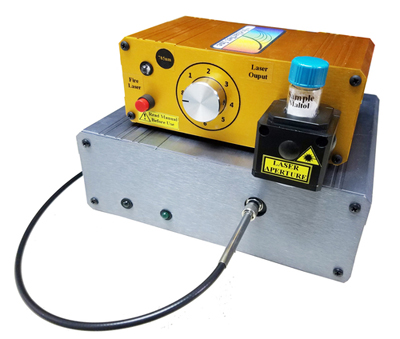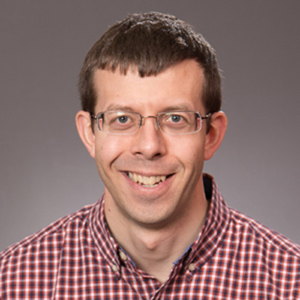
The StellarNet Raman 785-Vial System Spectrometer can be used for a variety of research, including determining the authenticity of gemstones and art work. Photo courtesy of StellarNet.
Before leaving the Winona Campus as part of the Saint Mary’s University of Minnesota’s COVID-19 policy, Nathan Lien, Ph.D., received some good news on March 18: He and his colleagues in the Department of Chemistry were one of a handful of schools to be awarded a $10,000 grant from the Pittsburgh Conference Memorial National College Program.
The acquired funding will go directly toward the purchase of a piece of state-of-the-art equipment that can be used to identify the composition of materials.
Some popular uses are to identify the authenticity of gemstones and impurities of pharmaceutical drugs, but there are a multitude of uses for the StellarNet Raman 785-Vial System Spectrometer.
“It makes us feel good that we’re doing things to improve the educational experience of our students,” said Dr. Lien, an associate professor who has been at Saint Mary’s for 10 years. “We’re providing instrumentation and experiences in the lab that other schools might not have.”
The device works by shining a laser at a piece of material. It then observes the scattering of light to determine the molecular vibrations of that material. From these vibrations, the composition of materials can be determined, Dr. Lien said.
The new equipment, which will be housed in one of the teaching labs in the Science and Learning Center, will have uses for students from first-years to seniors in courses in the spring of 2021. The new spectrometer could lead to the creation of several new chemistry experiments, such as one that Dr. Lien is most interested in exploring: an experiment detecting art forgeries.
Dr. Lien added that the equipment could also be beneficial to other research projects taking place on the Winona Campus, such as the computational research into how small molecules fit in with proteins, done by Christopher Jordan, Ph.D., assistant professor, Chemistry.

